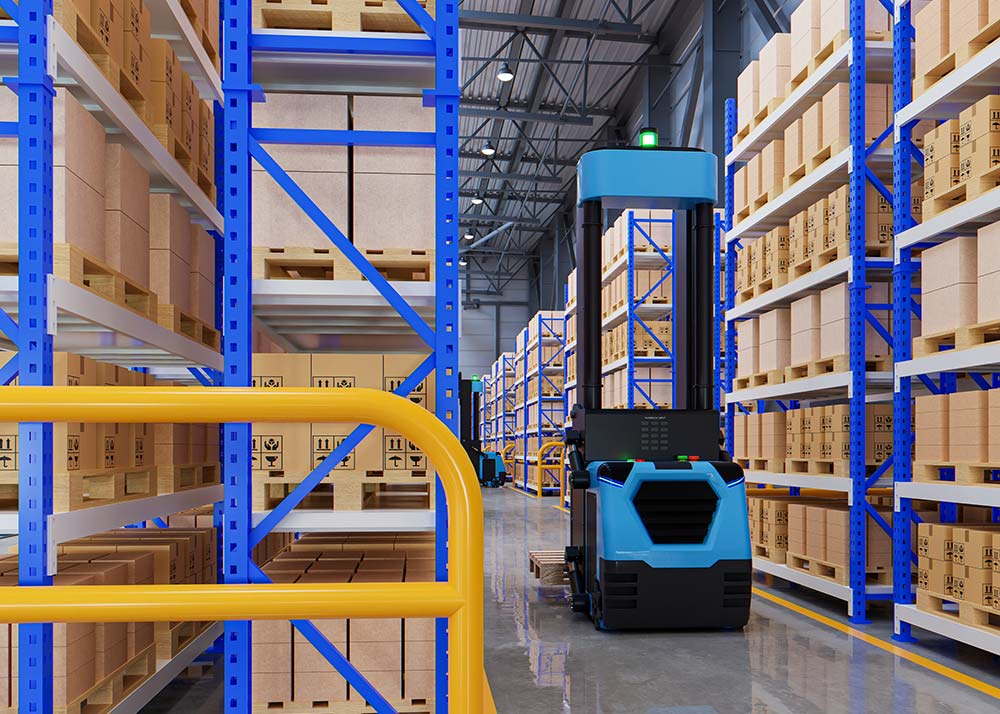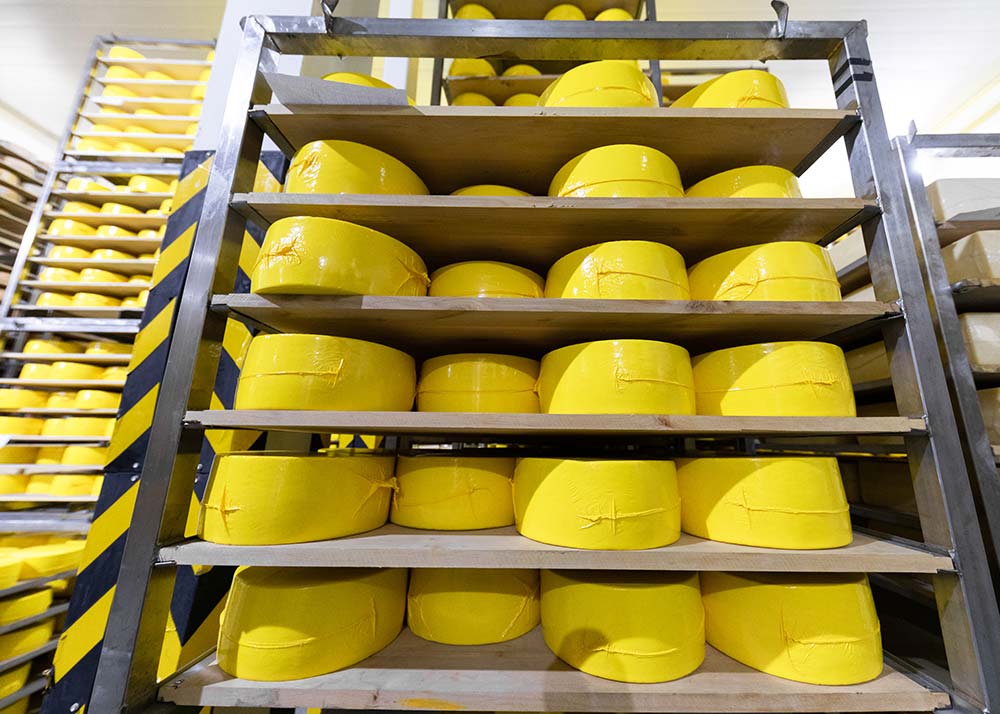Industrial Rack Management
Industrial Rack Management refers to the systematic organization, maintenance, and optimization of storage racks and shelving systems in industrial facilities such as warehouses, distribution centers, and manufacturing plants. Effective rack management ensures efficient space utilization, safety, and streamlined operations. Below is a detailed overview of industrial rack management, including its importance, types of racks, best practices, and tools.
Importance of Industrial Rack Management
- Space Optimization:Maximizes storage capacity by efficiently utilizing vertical and horizontal space.
- Safety:Reduces the risk of accidents, such as rack collapses or falling items.
- Operational Efficiency:Improves inventory accessibility and reduces retrieval times.
- Cost Savings:Minimizes wasted space and reduces the need for additional storage facilities.
- Inventory Accuracy:Enhances tracking and organization of stored items.
Types of Industrial Racks
Selective Pallet Racks:
- Most common type; allows direct access to each pallet.
- Ideal for warehouses with a wide variety of SKUs.
Drive-In/Drive-Through Racks:
- Designed for high-density storage.
- Forklifts can drive into the racks to store and retrieve pallets.
Push-Back Racks:
- Uses a gravity-fed system to store multiple pallets deep.
- Ideal for high-density storage with FIFO (First-In, First-Out) or LIFO (Last-In, First-Out) systems.
Cantilever Racks:
- Designed for long, bulky items like pipes, lumber, or furniture.
- Features arms that extend from a central column.
Mezzanine Racks:
- Multi-level storage systems that create additional floor space.
- Ideal for facilities with limited horizontal space.


